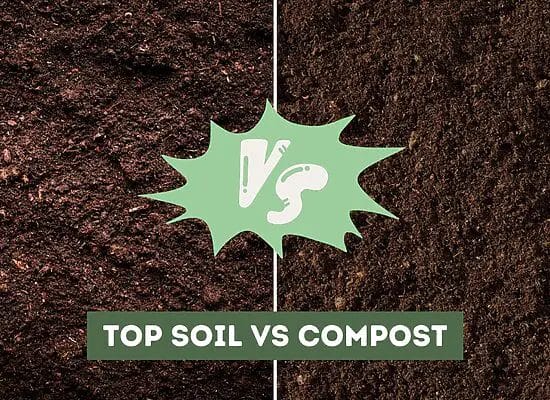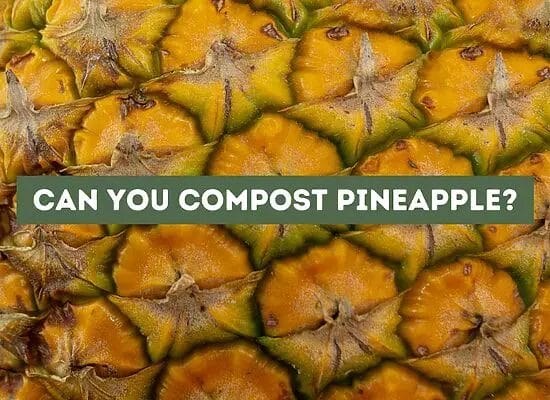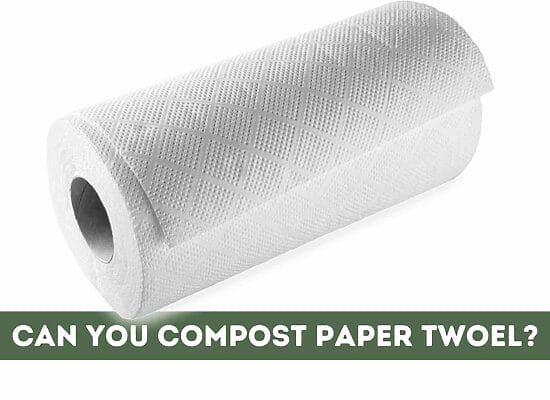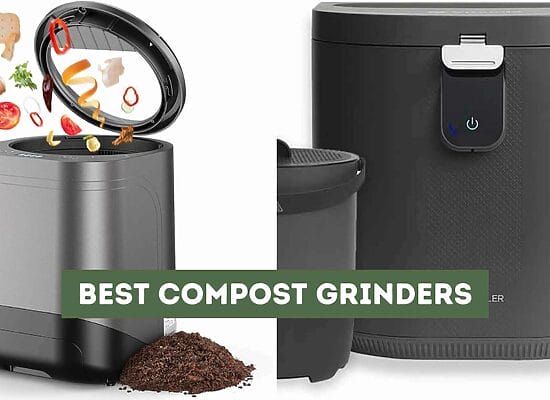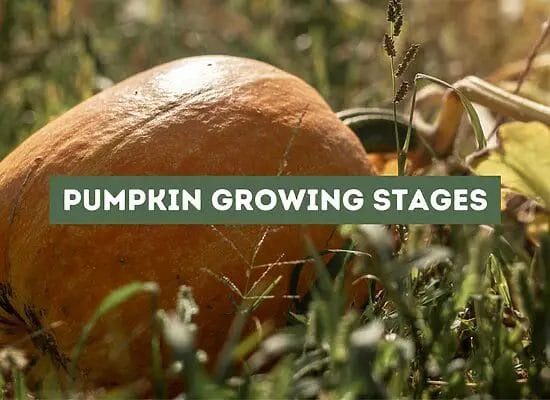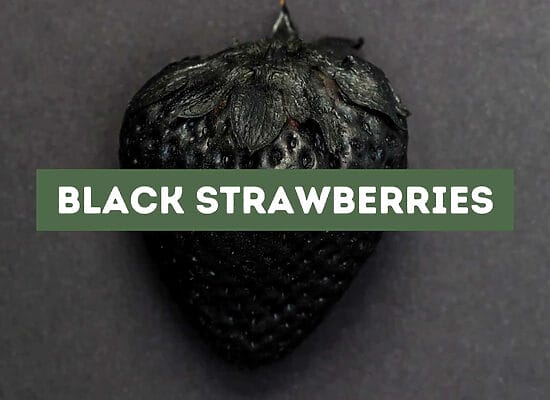
If you want to create a beautiful and healthy lawn, choosing the right turf type is essential. With so many options available, it can be overwhelming to know where to start. From cool-season to warm-season grasses, there are several factors to consider when selecting the best turf for your lawn.
One of the most important factors to consider is your climate. Cool-season grasses, such as Kentucky bluegrass and fescue, thrive in areas with colder winters and mild summers. In contrast, warm-season grasses, such as Bermuda and Zoysia, are better suited for areas with hot summers and mild winters. Another factor to consider is the amount of sun and shade your lawn receives.
Some types of turf, such as St. Augustine, are shade-tolerant, while others, such as Bermuda, require full sun to thrive. By taking these factors into account, you can select the best turf for your lawn and enjoy a lush, healthy lawn for years to come.
Key takeaways:
- Climate is an important factor to consider when selecting turf grass for your lawn, with cool-season grasses being suitable for colder regions and warm-season grasses for hotter regions.
- The amount of sun and shade your lawn receives should be taken into account when choosing turf grass, as some types are shade-tolerant while others require full sun.
- Understanding the characteristics of different turf grasses, such as color, texture, and growth habit, can help you make an informed decision.
- Proper care and maintenance, including watering, fertilizing, and mowing, are essential for keeping your turf grass healthy and vibrant.
- Turf grass can be classified into two categories: cool-season grasses and warm-season grasses, each with its own suitability for specific climates and growing conditions.
- The growth habit of turf grass can be clump-forming or spreading, which affects its ability to fill in bare areas and spread laterally.
- The choice of turf grass for specific locations, such as residential lawns, parks, golf courses, and athletic fields, depends on factors like foot traffic, sun exposure, and maintenance requirements.
Understanding Turf
If you’re looking to create a beautiful, lush lawn, understanding turf is essential. Turf is a type of grass that is grown specifically for use in lawns, sports fields, golf courses, and other areas where a durable, uniform surface is needed. There are many different types of turf grasses, each with its own characteristics and growing requirements.
To start with, it’s important to understand the difference between cool-season and warm-season grasses. Cool-season grasses, such as Kentucky bluegrass and perennial ryegrass, thrive in cooler temperatures and are commonly found in northern regions. Warm-season grasses, such as Bermuda grass and Zoysia grass, prefer warmer temperatures and are typically found in southern regions.
When it comes to identifying different types of turf grasses, there are a few key characteristics to look for. These include the color, texture, and growth habit of the grass. For example, Bermuda grass is known for its fine texture and medium to dark green color, while Kentucky bluegrass has a soft texture and bright green color.
When choosing a type of turf grass for your lawn, consider factors such as your climate, soil type, and how much sun or shade the area receives. Some types of turf grasses are better suited to certain conditions than others. For example, St. Augustine grass is a good choice for areas with high humidity and sandy soil, while fescue grass is a good choice for shady areas.
To keep your turf looking its best, it’s important to provide proper care and maintenance. This includes regular watering, fertilizing, and mowing. Be sure to follow the specific recommendations for your type of turf grass, as different types have different requirements.
Types of Turf Grass
When it comes to choosing the right type of turf grass for your lawn, it’s important to consider the climate, soil, and maintenance requirements. Turf grasses can be broadly classified into two categories: cool-season grasses and warm-season grasses.
Cool-Season Grasses
Cool-season grasses, as the name suggests, thrive in cooler regions with temperatures between 60-75°F (15-24°C). These grasses grow actively in spring and fall and may go dormant during the hot summer months. Here are some common cool-season grasses:
- Kentucky Bluegrass: This grass is known for its fine texture and deep green color. It grows well in full sun and can withstand heavy foot traffic. Kentucky Bluegrass is a popular choice for lawns and athletic fields.
- Tall Fescue: Tall Fescue is a hardy grass that grows well in a range of soil types. It has a coarse texture and can tolerate drought and shade. Tall Fescue is commonly used for lawns, parks, and golf courses.
- Ryegrass: Ryegrass is a fast-growing grass that is often used for overseeding warm-season grasses during the winter months. It has a fine texture and can create a lush, green lawn.
Warm-Season Grasses
Warm-season grasses thrive in regions with hot summers and mild winters. These grasses grow actively during the summer months and may go dormant during the winter. Here are some common warm-season grasses:
- Bermuda Grass: Bermuda Grass is a popular warm-season grass that has a fine texture and can tolerate heat and drought. It grows well in full sun and is commonly used for golf courses, athletic fields, and lawns.
- Zoysia Grass: Zoysia Grass is a slow-growing grass that has a medium to fine texture. It can tolerate shade and drought and is commonly used for lawns, golf courses, and parks.
- St. Augustine Grass: St. Augustine Grass has a coarse texture and can tolerate shade and salt spray. It grows well in warm, humid regions and is commonly used for lawns and parks.
Growth Habit of Turf
When it comes to turf, understanding the growth habit of the grass is crucial. The growth habit refers to how the grass spreads and grows, and it can be divided into two types: clump-forming and spreading.
Clump-forming grasses, also known as bunch type, grow in dense clumps. They do not produce stolons or rhizomes, which are horizontal stems that grow above or below the ground, respectively. Examples of clump-forming grasses include tall fescue and ryegrasses.
On the other hand, spreading grasses have either stolons or rhizomes, which allow them to spread laterally and form a dense mat of grass. Kentucky bluegrass and creeping bentgrass are examples of spreading grasses.
When it comes to seeding rate considerations, it’s important to note that spreading grasses should be seeded at a higher rate than clump-forming grasses. This is because spreading grasses have a greater capacity to spread laterally, while clump-forming grasses do not.
If you’re looking for a grass that will fill in bare areas quickly, then spreading grasses are the way to go. However, if you prefer a grass that requires less maintenance and doesn’t spread as quickly, then clump-forming grasses may be a better choice.
Turf for Specific Locations
When it comes to choosing the right turf for your specific location, there are a few factors to consider. The amount of sun exposure, the type of usage, and the climate are all vital factors that will affect the growth and overall health of your turf. Here are some sub-sections to help you choose the right turf for your location.
Residential Lawns
When it comes to residential lawns, you want a turf that is low-maintenance and can handle moderate foot traffic. Bermuda grass, Zoysia grass, and St. Augustine grass are all excellent choices for residential lawns. Bermuda grass is drought-resistant and can handle full sun exposure, while Zoysia grass is a low-maintenance option that can handle moderate foot traffic. St. Augustine grass is a shade-tolerant option that can handle moderate foot traffic and is ideal for those who want a lush, green lawn.
Parks
Parks require a turf that can handle heavy foot traffic and is easy to maintain. Bermuda grass, Zoysia grass, and Kentucky bluegrass are all excellent choices for parks. Bermuda grass is drought-resistant and can handle full sun exposure, while Zoysia grass is a low-maintenance option that can handle moderate foot traffic. Kentucky bluegrass is a cool-season grass that can handle heavy foot traffic and is ideal for parks in cooler climates.
Golf Courses
Golf courses require a turf that can handle heavy foot traffic and is easy to maintain. Bermuda grass, Zoysia grass, and bentgrass are all excellent choices for golf courses. Bermuda grass is drought-resistant and can handle full sun exposure, while Zoysia grass is a low-maintenance option that can handle moderate foot traffic. Bentgrass is a cool-season grass that is ideal for golf courses in cooler climates and can handle heavy foot traffic.
Athletic Fields
Athletic fields require a turf that can handle heavy foot traffic and is durable enough to handle sports such as soccer, football, and badminton. Bermuda grass, Zoysia grass, and Kentucky bluegrass are all excellent choices for athletic fields. Bermuda grass is drought-resistant and can handle full sun exposure, while Zoysia grass is a low-maintenance option that can handle moderate foot traffic. Kentucky bluegrass is a cool-season grass that can handle heavy foot traffic and is ideal for athletic fields in cooler climates.
Turf Maintenance
Maintaining your turf is key to keeping it healthy and beautiful. Proper maintenance practices ensure that your turf stays lush and green and can withstand stress from weather and foot traffic. Here are some tips to help you maintain your turf:
Mowing
Mowing your turf regularly is crucial to maintaining its health and appearance. When you mow, make sure to never remove more than one-third of the grass blade at a time. This will prevent stress on the turf and encourage healthy growth. Additionally, make sure your mower blades are sharp to prevent tearing the grass, which can lead to disease.
Fertilizing
Fertilizing your turf provides it with the nutrients it needs to grow strong and healthy. Before fertilizing, test your soil to determine what nutrients it lacks. Then, choose a fertilizer that provides those nutrients in the right amounts. Follow the manufacturer’s instructions for application rates and timing. Over-fertilizing can lead to excessive growth and thatch buildup, which can be harmful to the turf.
Sod
Sod is a great way to establish a new lawn quickly. When installing sod, make sure to prepare the soil properly by tilling it to a depth of 6-8 inches (15-20 cm) and removing any rocks or debris. Lay the sod in a staggered pattern, making sure the edges are tightly butted together. After installing the sod, water it thoroughly to help it establish roots.
Till
Tilling can be a useful tool for maintaining your turf. Tilling can help to break up compacted soil, allowing water and nutrients to penetrate deeper. However, tilling can also damage the turf if done improperly, only till when the soil is dry to prevent damage to the turf’s roots and avoid tilling too deeply.
Pro Tip: When maintaining your turf, it's important to remember that every lawn is different. Factors like climate, soil type, and turfgrass species can all affect maintenance requirements. Keep a record of your maintenance practices and the results you see, and adjust your practices as needed to keep your turf looking its best.
Turf Tolerance
When selecting a turf for your lawn, one of the most important factors to consider is its tolerance. Turf tolerance refers to how well the grass can withstand various stressors and environmental conditions. Here are some things to keep in mind when considering turf tolerance:
Durable – If you have children or pets, you’ll want a turf that can withstand high levels of foot traffic. Bermuda grass and Zoysia grass are both known for their durability and ability to recover quickly from damage.
Soft – If you prefer a more comfortable walking surface, you’ll want a turf that is soft to the touch. Fine fescue and Kentucky bluegrass are both known for their softness and are great options for a plush lawn.
Drought Tolerance – If you live in an area with limited water resources or experience periods of drought, you’ll want a turf that is drought-tolerant. Among the turf varieties renowned for their ability to withstand such conditions are Common Bermuda, Celebration, GN1, Grimes EXP, TexTurf, TifSport, and Tifway 419. These cultivars have earned their reputation as reliable choices when it comes to enduring periods of limited water availability.
Shade Tolerance – If your lawn receives limited sunlight, you’ll want a turf that can thrive in the shade. St. Augustine grass, characterized by its medium green color and coarse leaves, thrives in areas with dappled shade and is well-suited for moderate foot traffic.
Foot Traffic – If you have a lot of foot traffic on your lawn, you’ll want a turf that can withstand the wear and tear. Tall fescue is known for its ability to handle moderate foot traffic and recover quickly from damage.
Disease Resistance – If you live in an area with common turf diseases, you’ll want a turf that is resistant to those diseases. Zoysia grass is known for its disease resistance and is a great option for areas with high disease pressure.
Other Considerations
When choosing the right type of turf for your lawn, there are a few other factors to consider beyond just the type of grass. Here are some additional considerations to keep in mind:
Shape
The shape of the blades can have an impact on the overall appearance of your lawn. For example, some grasses have flat blades, while others have more rounded blades. Consider the look you are going for when choosing the shape of your turf.
Blade Tips
The tips of the grass blades can also vary in shape, from pointed to rounded. This can affect the overall texture of your lawn, so it’s worth considering when selecting your turf.
Dogs
If you have a dog, you’ll want to choose a turf that can withstand heavy traffic and potential damage from pet waste. Look for grasses that are durable and easy to clean.
Texas Gulf Coast
If you live in the Texas Gulf Coast region, you’ll want to choose a turf that is tolerant of the hot, humid climate. Bermuda grass is a popular choice in this area, as it can withstand the heat and humidity.
Remember, it’s important to choose a turf that is well-suited to your specific climate and conditions. Consider factors such as sunlight, soil type, and water availability when making your selection. And don’t forget to properly maintain your lawn to keep it looking its best!
FAQ: Types of Turf
How do I choose the right type of turf for my project?
Choosing the right type of turf for your project depends on various factors such as the climate, soil type, and the amount of foot traffic the area will receive. Warm-season grasses like Bermuda and Zoysia are ideal for areas with hot summers, while cool-season grasses like Kentucky bluegrass and fescue are better suited for areas with colder temperatures. It’s also essential to consider the amount of maintenance required for each type of turf.
What are the differences between natural and artificial turf?
Natural turf is made of living grass that requires regular watering, fertilizing, and mowing to maintain its health and appearance. On the other hand, artificial turf is made of synthetic materials and requires less maintenance. While natural turf provides a more natural look and feel, artificial turf is more durable and can withstand heavy foot traffic.
What factors affect the cost of turf installation?
The cost of turf installation depends on various factors, such as the type of turf, the size of the area, and the amount of preparation required. For example, if the area needs to be leveled or if there are existing plants that need to be removed, the cost will be higher. Additionally, the cost of labor and equipment will also affect the overall cost.
Can different types of turf be used together?
Yes, different types of turf can be used together, especially in areas with varying soil types or sunlight exposure. However, it’s essential to choose types that have similar maintenance requirements to ensure uniform growth and appearance.
What are some common maintenance requirements for different types of turf?
Maintenance requirements vary depending on the type of turf. However, some common maintenance practices include regular watering, fertilizing, and mowing. It’s also essential to aerate the soil occasionally to promote root growth and prevent soil compaction.
How long can I expect my turf to last?
The lifespan of turf depends on various factors, such as the type of turf, the amount of foot traffic, and the level of maintenance. Typically, natural turf can last anywhere from 5 to 15 years, while artificial turf can last up to 25 years with proper maintenance.


